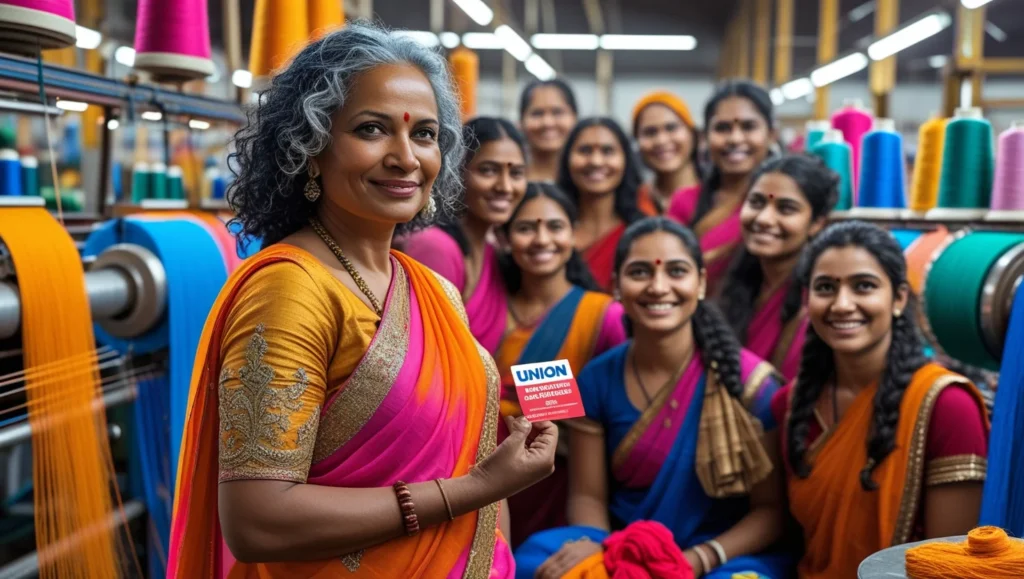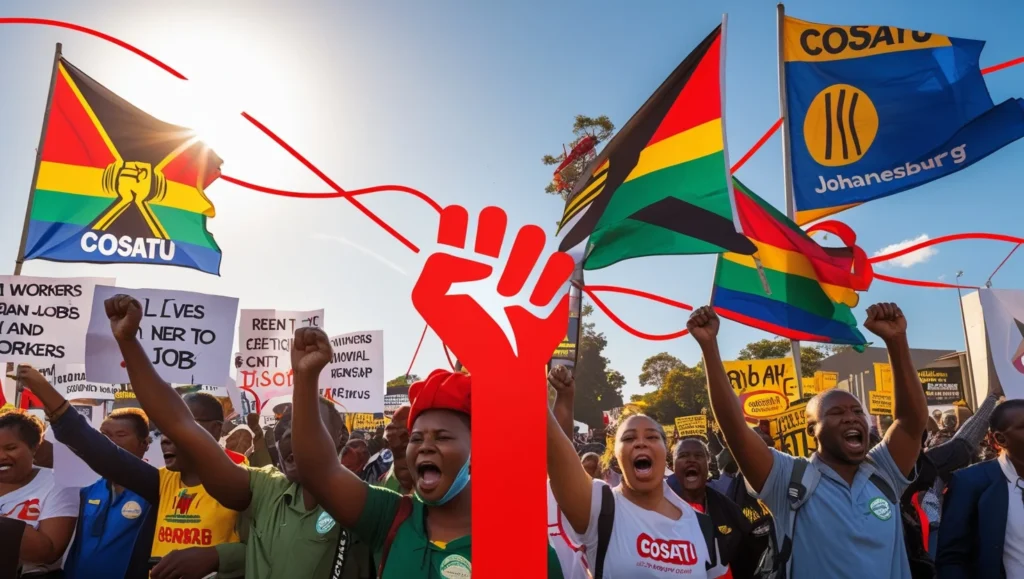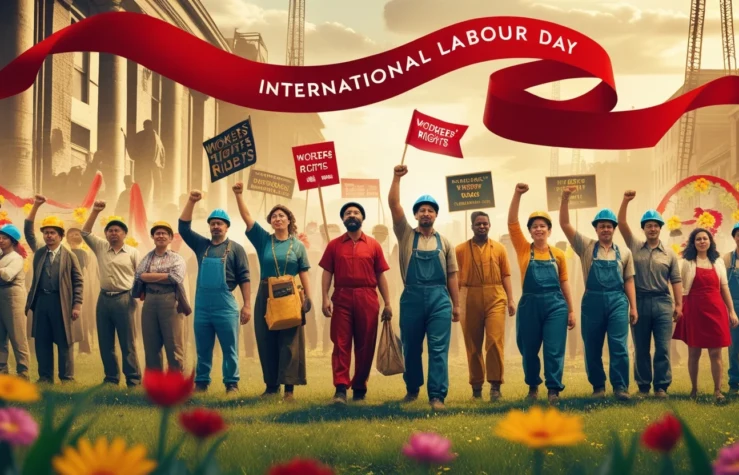Key Takeaways
- International Labour Day celebrates workers’ global struggles and achievements, marked every May 1.
- It began in the 19th-century labor movement, fighting for fair wages, safe workplaces, and the eight-hour workday.
- Worldwide celebrations include protests, rallies, and cultural festivals, reflecting labor rights and social justice.
- The day tackles modern issues like the gig economy, automation, workplace diversity, and mental health.
- Understanding its history and relevance inspires appreciation for workers’ contributions and ongoing advocacy.
Introduction: The Heart of International Labour Day
Imagine a 19th-century factory: smoke-filled air, relentless machines, and workers—some just children—enduring 16-hour shifts for meager pay. This was the harsh reality for millions until the labor movement ignited change. International Labour Day, celebrated on May 1, honors those who fought for the rights we now enjoy, like fair pay, safe conditions, and time for life beyond work.
Why does this matter to you? Whether you’re a student, a gig worker, or a professional, the legacy of International Labour Day shapes your workplace and future. This 2,000-word exploration dives into its origins, global traditions, modern challenges, and ways to honor its spirit. Let’s get started.
The Origins of International Labour Day
A Fight for Fairness
The roots of International Labour Day lie in the Industrial Revolution, a time of progress and exploitation. Factories fueled economies, but workers suffered: long hours, dangerous conditions, and wages that kept families poor. Child labor was common, and injuries often went uncompensated.
By the late 1800s, workers began organizing. Unions formed, and strikes spread across Europe and North America, demanding reasonable hours, safety, and fair pay. This growing movement laid the groundwork for a historic moment that would change labor forever.
The Haymarket Affair: A Turning Point
In 1886, Chicago’s Haymarket Affair became a defining moment. “Eight hours for work, eight hours for rest, eight hours for what we will” was the rallying cry of workers demanding an eight-hour workday. When a bomb detonated at a nonviolent demonstration on May 4, it resulted in clashes that killed police and workers. The tragedy shocked the world but strengthened the labor movement, making the eight-hour workday a global cause.
The Haymarket martyrs became symbols of sacrifice, and their legacy lives on in International Labour Day, a day to honor those who fought for justice.

The Rise of May Day
In 1889, the Second International, a group of socialist and labor organizations, declared May 1 as International Workers’ Day to commemorate Haymarket and unite workers worldwide. The date aligned with European spring festivals, blending activism with cultural celebration. By the 1900s, International Labour Day had spread to Asia, Africa, and Latin America, becoming a global symbol of solidarity.
How the World Celebrates Labour Day
Rallies and Protests
In many nations, International Labor Day is observed as a day of action. In France, Turkey, and South Africa, workers march for better wages, job security, and social justice. These events can be vibrant, with banners and music, or tense, as seen in clashes in cities like Paris or Istanbul.
In 2023, French unions rallied over 1.2 million people against pension reforms, according to Le Monde. In South Africa, where unemployment nears 30% (per a 2024 World Bank report), Labour Day protests demand job creation. These events show how the day remains a platform for tackling today’s issues.
Cultural Festivals and Holidays
Not all celebrations involve protests. International Labor Day is celebrated as a public holiday with cultural activities in China, India, and Brazil. In India, trade unions host festivals with folk music and dance, celebrating workers’ contributions. Brazil marks “Dia do Trabalhador” with barbecues and community gatherings, while China’s May 1 holiday launches a “Golden Week” of tourism and commerce.
These traditions highlight Labour Day’s dual role: honoring labor’s past and fostering community. Whether through a rally or a festival, the day unites people in shared purpose.
Digital and Virtual Celebrations
The digital era has transformed International Labour Day. In 2020, COVID-19 lockdowns pushed events online, with virtual rallies and webinars trending under hashtags like #MayDay and #WorkersRights. In 2025, hybrid celebrations are expected, blending in-person marches with live-streamed speeches and social media campaigns to amplify labor issues globally.
Why International Labour Day Matters Today
The Gig Economy: Flexibility vs. Security
The workplace has changed since the 1880s. The gig economy—Uber drivers, freelancers, delivery workers—offers freedom but often lacks benefits like health insurance or paid leave. International Labour Day spotlights these challenges, with unions advocating for protections.
A 2024 International Labour Organization report found 70% of gig workers worldwide lack basic benefits. Countries like Spain have responded with laws granting gig workers employee status, and Labour Day rallies push for similar reforms globally.
Automation: Navigating the Future
Automation is reshaping work. AI and robotics boost productivity but threaten jobs, especially in manufacturing and services. The World Economic Forum predicts automation could displace 85 million jobs by 2030 while creating 97 million new ones. The key is preparing workers for this shift.
On International Labour Day, discussions focus on reskilling. In Germany, unions and companies offer training for workers impacted by automation, a model praised by the OECD. These efforts show how the day inspires solutions for a changing workforce.
Diversity and Inclusion: Building Equity
Workplace fairness remains a challenge. In the United States, minorities see comparable gaps, with women earning 82 cents for every dollar earned by men (2023 Bureau of Labor Statistics). Calls for equity are amplified on International Labor Day, drawing on movements such as Black Lives Matter and #MeToo.
According to a 2023 McKinsey study, diversified businesses have a 25% higher chance of outperforming financially, demonstrating that inclusion is both morally just and beneficial. Labour Day 2025 will likely focus on closing pay gaps and promoting equitable workplaces through rallies and campaigns.
Mental Health: A Growing Priority
Mental health is another pressing issue. Burnout and stress are rising, driven by long hours, job insecurity, and remote work. The World Health Organization estimates poor mental health costs the global economy $1 trillion yearly in lost productivity. International Labour Day advocates for wellness programs and paid mental health days.
In Australia, unions have secured mental health provisions in contracts, a trend spreading globally. Labour Day normalizes these conversations, pushing for healthier workplaces.
Personal Stories: The Human Side of Labour Day
Maria’s Journey in Bangladesh

Maria, a textile worker in Bangladesh, embodies Labour Day’s impact. At 16, she worked 14-hour factory shifts for under $2 a day. Inspired by Labour Day rallies, she joined a union and fought for better wages. Now 30, Maria earns a living wage, owns a home, and mentors others. Her story, shared at a 2024 Labour Day event, shows the day’s power to transform lives.
James’s Fight in London
James, a London rideshare driver, faced unstable earnings and no benefits. He joined a 2023 Labour Day march to demand gig worker protections. “It’s about my kids’ future,” he told The Guardian. His activism helped spur new UK regulations, showing how Labour Day links personal struggles to collective change.
Aisha’s Stand in Nigeria
Aisha, a Nigerian teacher, used Labour Day 2024 to protest unpaid salaries. Her union’s march in Lagos drew thousands, pressuring the government to act. “Teaching is my passion, but I deserve fair pay,” she said on local radio. Aisha’s story highlights Labour Day’s role in empowering diverse workers.
How to Celebrate International Labour Day
Join Local Events
Honor International Labour Day by attending local rallies, workshops, or volunteer events hosted by unions or community groups. Even a small gathering can spark meaningful discussions about workers’ rights.
Learn and Share
Read books like The Making of the English Working Class or watch documentaries like The Fight for the Eight-Hour Day. Share insights on social media with hashtags like #InternationalLabourDay or #WorkersRights to raise awareness.
Support Worker Causes
Donate to groups like the International Trade Union Confederation or local advocacy organizations. Small contributions can fund legal aid or training for workers. Another powerful method to make a difference is to volunteer your time.
Advocate at Work
Use Labour Day to push for change in your workplace. Start conversations about mental health, diversity, or fair pay. Proposing a wellness program or mentoring a colleague can create lasting impact.
Labour Day Around the World
Europe: Activism and Celebration
In Europe, International Labour Day is a major event. In 2023, 800,000 demonstrators participated in large-scale marches organized by the French CGT union in Paris (France 24). Germany blends activism with celebration, hosting speeches and beer garden events in Berlin.
Asia: Diverse Traditions
In Asia, celebrations vary. India’s Labour Day includes rural rallies and urban festivals honoring agricultural and industrial workers. China’s holiday drives tourism, though protests are limited. In the Philippines, 2024 rallies demanded a $12 minimum wage (Rappler).
The Americas: Parades and Protests
Latin America’s Labour Day is vibrant. Brazil’s “Dia do Trabalhador” features concerts, while Mexico’s “Día del Trabajo” includes parades. In the U.S., where Labor Day is in September, May 1 gains traction among activists, with 2024 marches focusing on immigrant rights.
Africa: Tackling Inequality

In Africa, Labour Day addresses unemployment and informal work. South Africa’s COSATU union drew thousands to 2024 rallies in Johannesburg, demanding jobs. In Nigeria, Labour Day focuses on public sector wages, as seen in Aisha’s protest.
The Future of International Labour Day
As the world changes, so will International Labour Day. Climate change is becoming a labor issue, with workers in agriculture and construction facing extreme conditions. Labour Day 2025 may push for “green jobs” in renewable energy.
Technology will also shape the day. Virtual reality rallies, AI-driven labor analytics, and blockchain-based cooperatives could redefine activism. Yet, Labour Day’s core—solidarity and justice—will endure.
Conclusion: Carrying the Torch
International Labour Day bridges past and future, honoring the workers who won our rights and challenging us to address today’s injustices. From Haymarket to 2025’s gig worker marches, it reminds us progress requires action. This May 1, reflect on the workers who built our world and ask: How can you help their legacy thrive?


